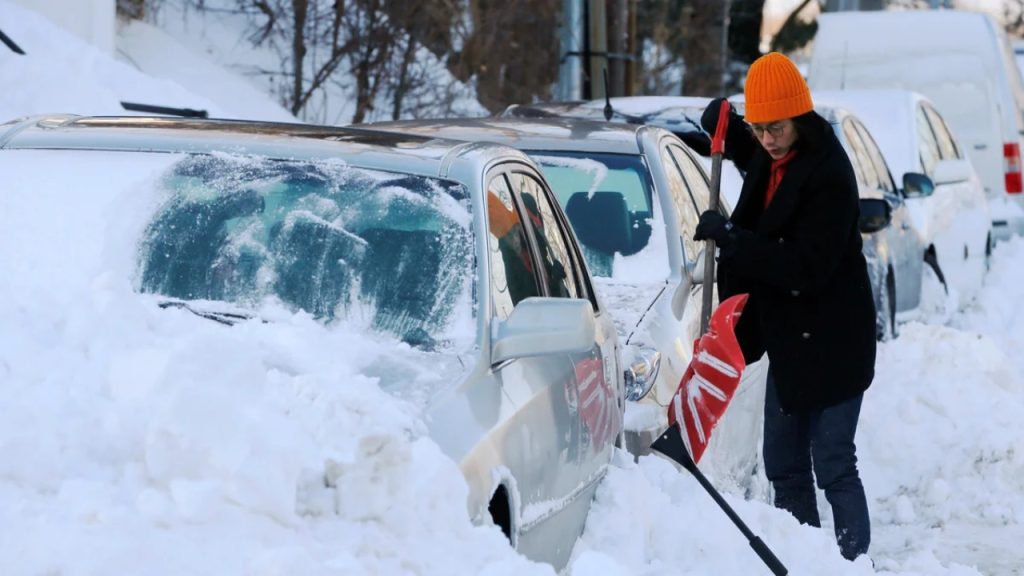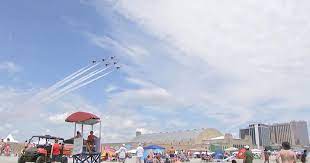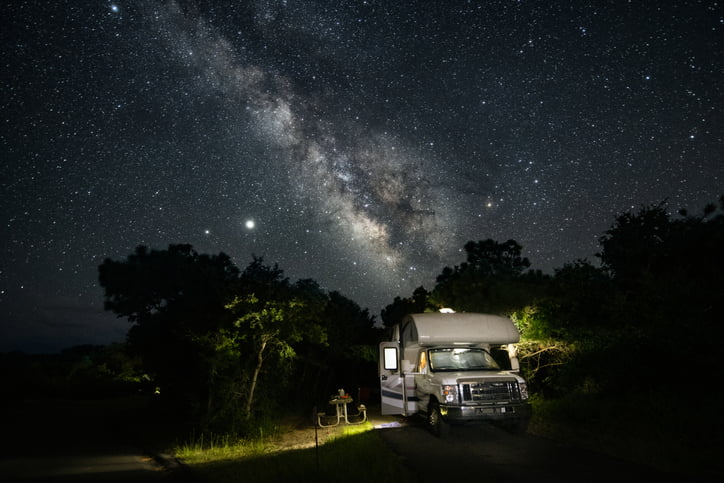Buckle up, Green Bay! A major winter storm is on the way, and it’s not going to be easy to deal with, especially if you’re planning on hitting the roads. Starting late Tuesday, April 2, snow, ice, and freezing rain will make travel across northern Wisconsin very tricky, especially as the storm continues through Wednesday. If you’re thinking about going anywhere, you’re going to want to hear this.
What’s Coming:
It’s going to be a long night for Green Bay and much of the area. Snow is expected to begin falling Tuesday evening, but it won’t stop there. As the night progresses, freezing rain will follow, creating a dangerous mix of snow and ice. This could mean a few inches of snow accumulation, but more importantly, the ice will make the roads extremely slippery. If you absolutely have to be on the road, you’re going to need to be extra cautious, especially on Wednesday morning when conditions are expected to be at their worst.
Why You Should Care:
-
Icy Roads Will Make Travel Dangerous: The combination of snow and freezing rain will create treacherous driving conditions. Major roads like U.S. Highway 41 and Interstate 43 are going to be especially tricky, with icy patches forming quickly. Even if you’re used to driving in snow, this is the kind of weather that can catch you off guard. Ice can take away your vehicle’s traction with no warning, and things could go south fast.
-
Visibility Will Be a Struggle: On top of the snow and ice, blowing snow will make visibility even worse. You might find yourself driving in a whiteout, where you can barely see the road ahead of you, let alone the car in front. That’s something you really want to avoid, especially if you need to get somewhere quickly.
-
Expect Delays and Closures: With this kind of storm, it’s not just about the snow—it’s about everything that comes with it. Traffic will slow to a crawl, and accidents are likely. Even if roads don’t close completely, delays are going to be long, and travel could take a lot longer than usual. If you don’t absolutely have to go out, it’s best to stay home and off the roads.
What You Can Do to Stay Safe:
-
Stay Inside If You Can: The best thing you can do is stay home if possible. The storm is set to get worse overnight, and the roads will only become more dangerous by Wednesday morning. If you can reschedule your plans or stay off the roads altogether, do it! Your safety is more important than anything else.
-
Prepare Your Car for Winter: If you need to drive, make sure your car is ready for the storm. Snow tires will help, but don’t forget to check your windshield wipers and windshield fluid—you’ll need both to keep your view clear. Also, make sure your gas tank is full, just in case you get stuck in traffic. It’s always better to be prepared, especially for weather that’s hard to predict. Keep an emergency kit in the car with blankets, snacks, and water—just in case.
-
Keep Up With Weather and Road Updates: Before you head out, check the weather and road conditions. Websites and apps that track road conditions in real time will give you a heads-up on which roads are the most dangerous. The Department of Transportation will also provide updates on any closures, so make sure you’re in the know before hitting the road.
-
Drive Carefully and Slowly: If you really have no choice but to drive, take it slow and steady. Slow down well below the speed limit, as it will take much longer to stop on icy roads. Increase your following distance to give yourself more time to react. When visibility gets low, turn on your headlights and stay cautious. If you do start sliding on ice, don’t panic—gently steer into the skid and let your car regain traction.
-
Know When to Pull Over: If conditions get too bad while you’re driving, it’s okay to pull over and wait it out. Find a safe place to stop, like a parking lot or rest area, turn on your hazard lights, and stay put until it’s safer to drive. It’s always better to wait than to risk an accident.
This isn’t your average snowstorm—this one has ice, snow, and bad visibility, and it’s going to make traveling very dangerous, especially for anyone driving on the highways. If you can, stay off the roads and wait for the storm to pass. If you absolutely have to go out, make sure your car is ready, drive carefully, and stay informed about road conditions. The more prepared you are, the safer you’ll be.



